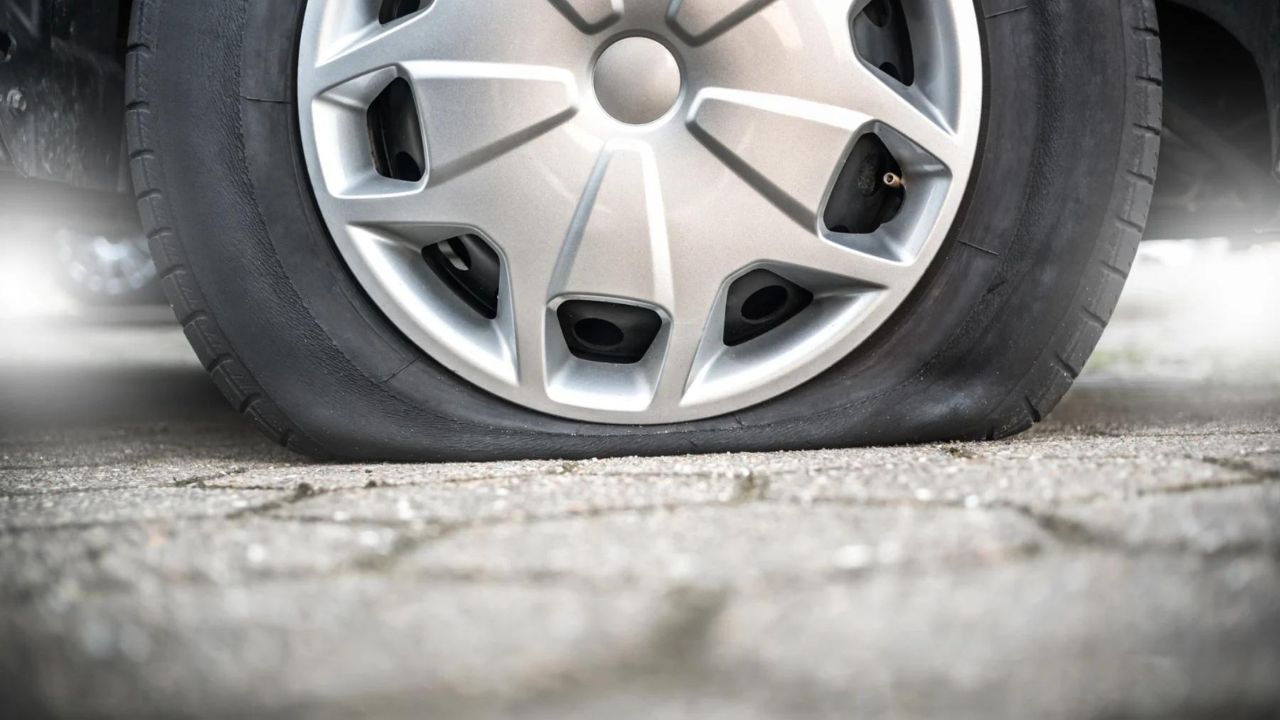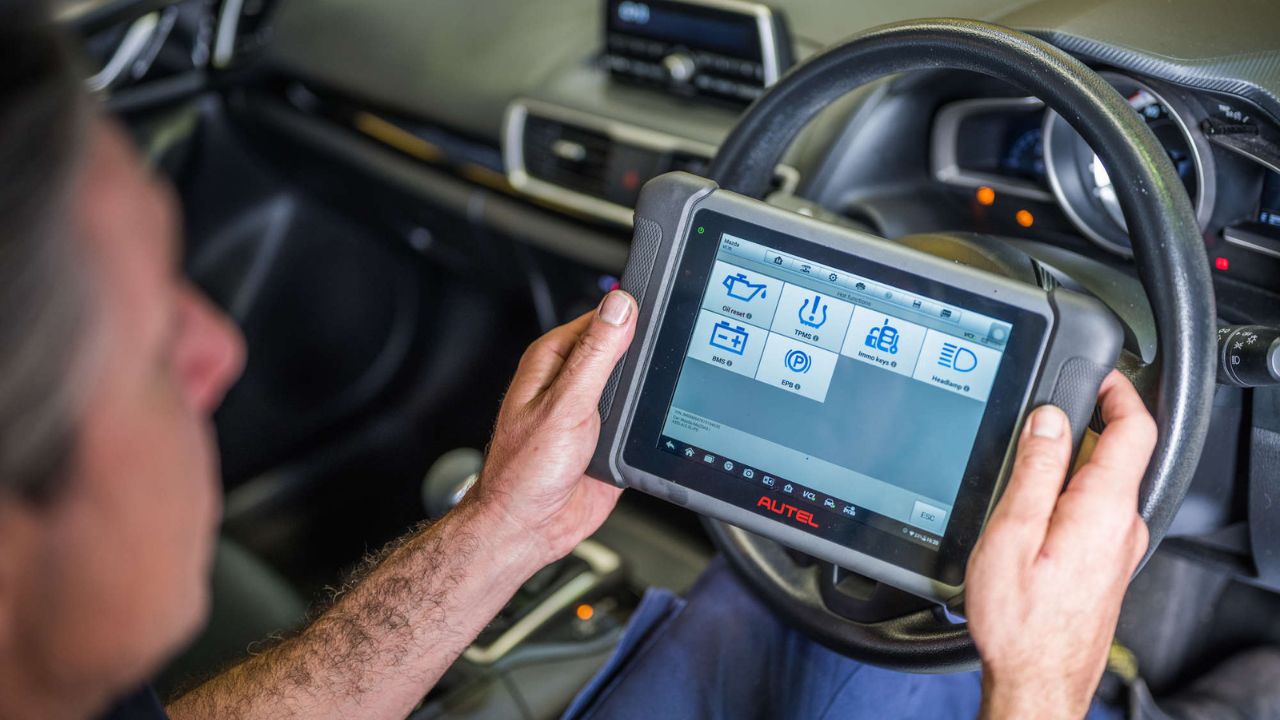How to Check Coolant Level: Essential Steps for Maintaining Your Vehicle
Step-by-Step Guide on How to Check Coolant Level
1. Ensure Safety First
- Wait for the Engine to Cool Down:
Before checking the coolant level, make sure your engine is completely cool. This is crucial to prevent burns from hot steam or coolant. Ideally, check the coolant level first thing in the morning or after your vehicle has been off for several hours. If you must check it after driving, wait at least 30 minutes. - Gather Safety Equipment:
Put on gloves and safety goggles to protect your skin and eyes from any accidental spills or splashes. - Prepare Your Workspace:
Park your vehicle on a flat surface and engage the parking brake. Open the hood and ensure it is securely propped open.
2. Locate the Coolant Reservoir
- Open the Hood:
Pull the hood release lever inside your car and lift the hood open. Make sure the hood is supported by the prop rod if applicable. - Identify the Coolant Reservoir:
Look for the coolant reservoir, which is typically a translucent plastic tank located near the radiator. Most vehicles have the reservoir clearly marked with a label or a symbol resembling a thermometer or water droplet. - Familiarize Yourself with the Reservoir:
Take a moment to note the location and appearance of the coolant reservoir, as it will make future checks easier.
3. Check the Coolant Level
- Inspect the Side of the Reservoir:
Examine the side of the coolant reservoir carefully. You will see two markers indicating the minimum and maximum levels. - Determine the Current Level:
The coolant level should ideally be between these two markers. If the level is at or above the maximum, it may indicate an overfilled system, which could lead to problems. If it’s below the minimum mark, this signals that you need to add coolant. - Take Note of the Color:
While checking, observe the color of the coolant. It should be bright and clear. If it appears rusty or contaminated, it may require a complete flush and replacement.
4. Add Coolant if Necessary
- Prepare to Add Coolant:
If the coolant level is low, gather your coolant and a funnel. Ensure that you’re using the right type of coolant recommended in your owner’s manual. - Remove the Cap Slowly:
Carefully twist and lift the cap off the coolant reservoir. Be prepared for any pressure release. If you hear a hissing sound, allow the pressure to escape before fully removing the cap. - Use a Funnel for Pouring:
Insert the funnel into the opening of the reservoir to prevent spills. Pour the appropriate type of coolant into the reservoir slowly. - Check the Coolant Mixture:
Ensure that you are using the right coolant mixture—typically a 50/50 blend of antifreeze and distilled water. This ratio is crucial for optimal engine performance and protection against freezing. - Fill to the Correct Level:
Stop pouring once the coolant reaches the maximum level marker. Avoid overfilling, as excess coolant can create pressure in the system and lead to leaks.
5. Replace the Cap Securely
- Ensure the Cap is Clean:
Before replacing the cap, wipe the inside and outside of the cap with a clean rag to remove any dirt or debris. - Securely Replace the Cap:
Twist the cap back onto the reservoir tightly until you hear a click. This ensures it is sealed properly, preventing leaks or evaporation. - Check for Leaks:
Look around the reservoir and the surrounding area for any signs of leaks or spills. Cleaning up any spills immediately will help you monitor for future leaks. - Close the Hood:
Finally, lower the hood gently and ensure it’s securely closed before starting your vehicle.
By following these detailed steps, you can ensure that your coolant level is checked accurately and safely, promoting the longevity and performance of your vehicle. Regular checks and maintenance of your cooling system are essential for preventing overheating and maintaining optimal engine function.



Post Comment